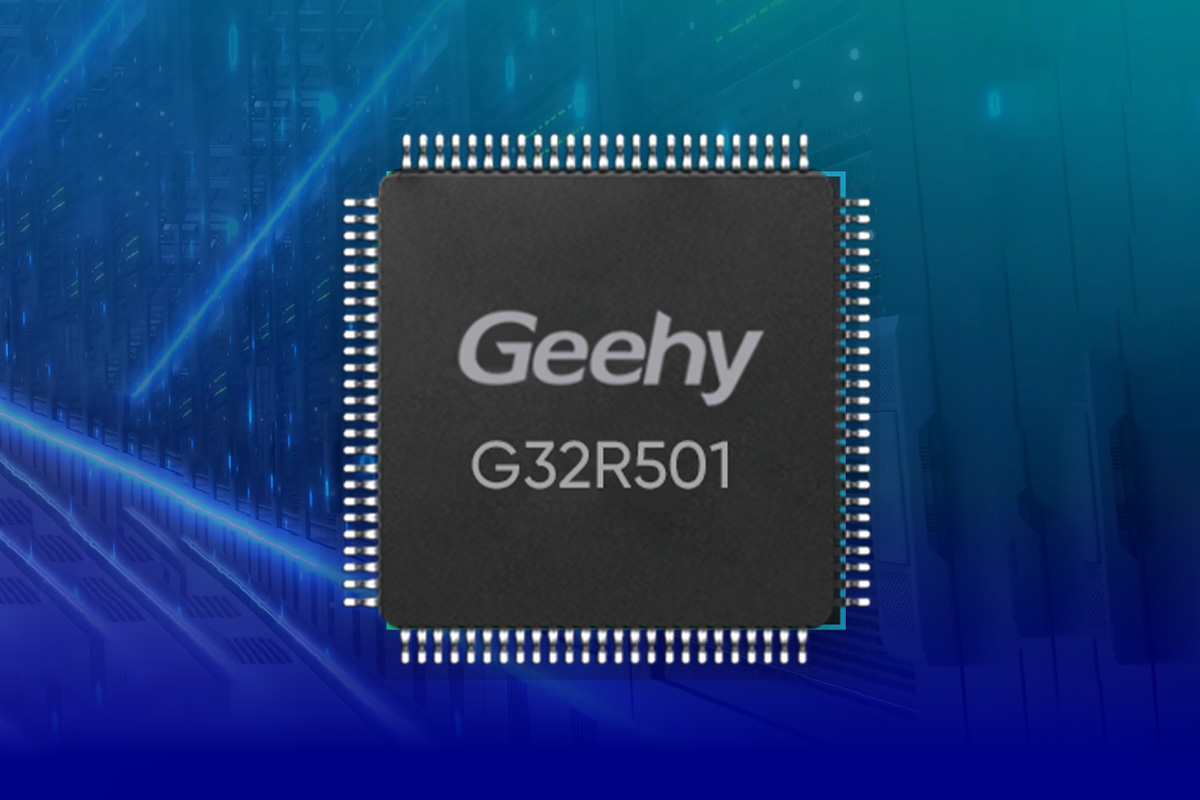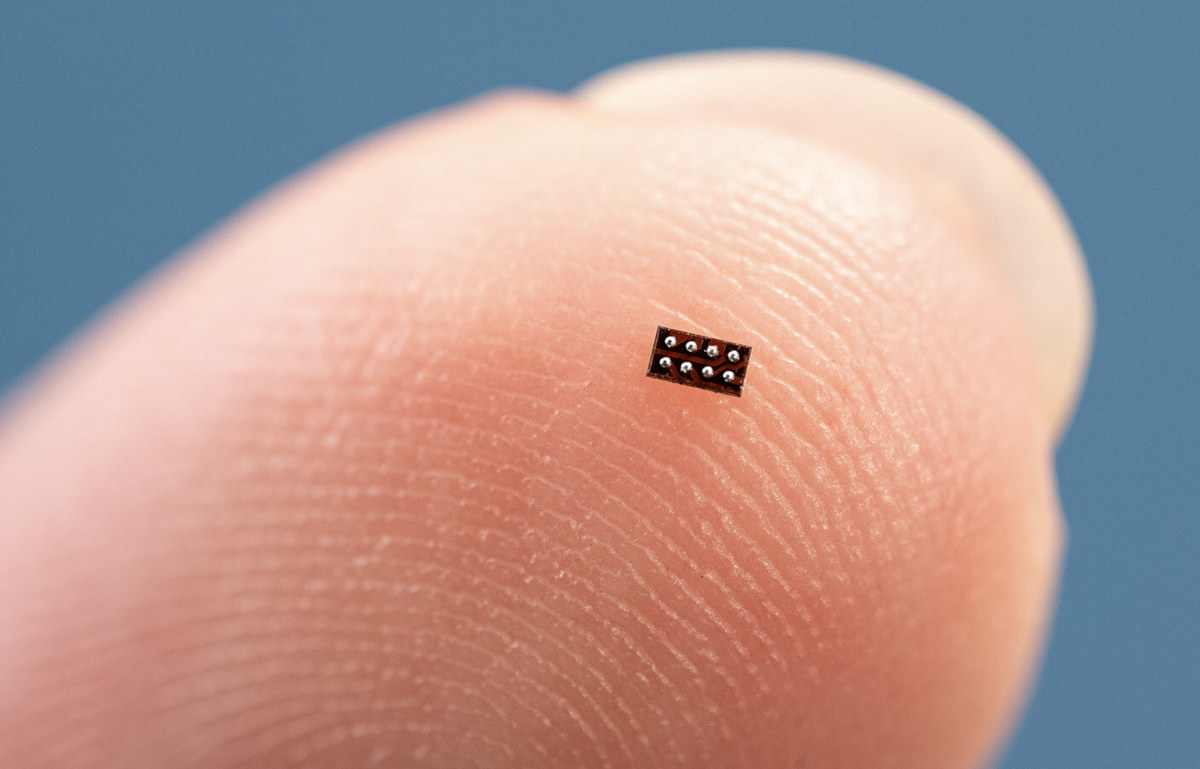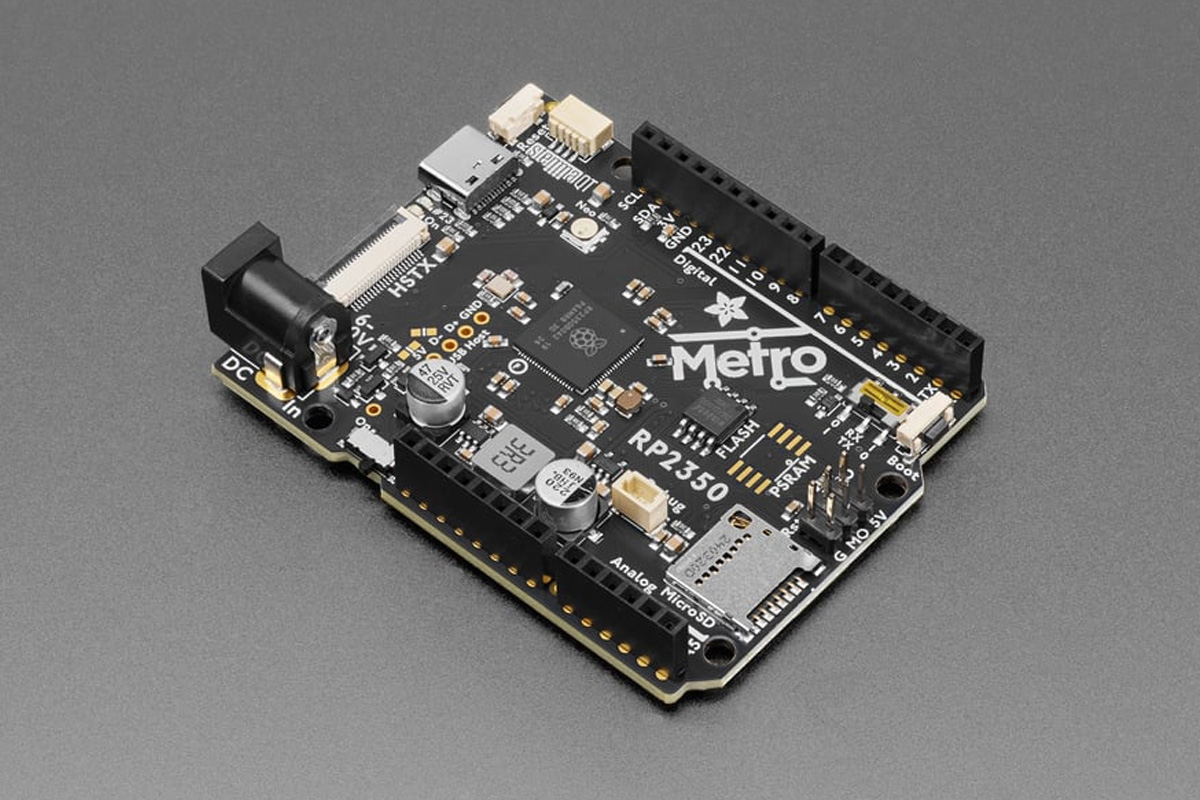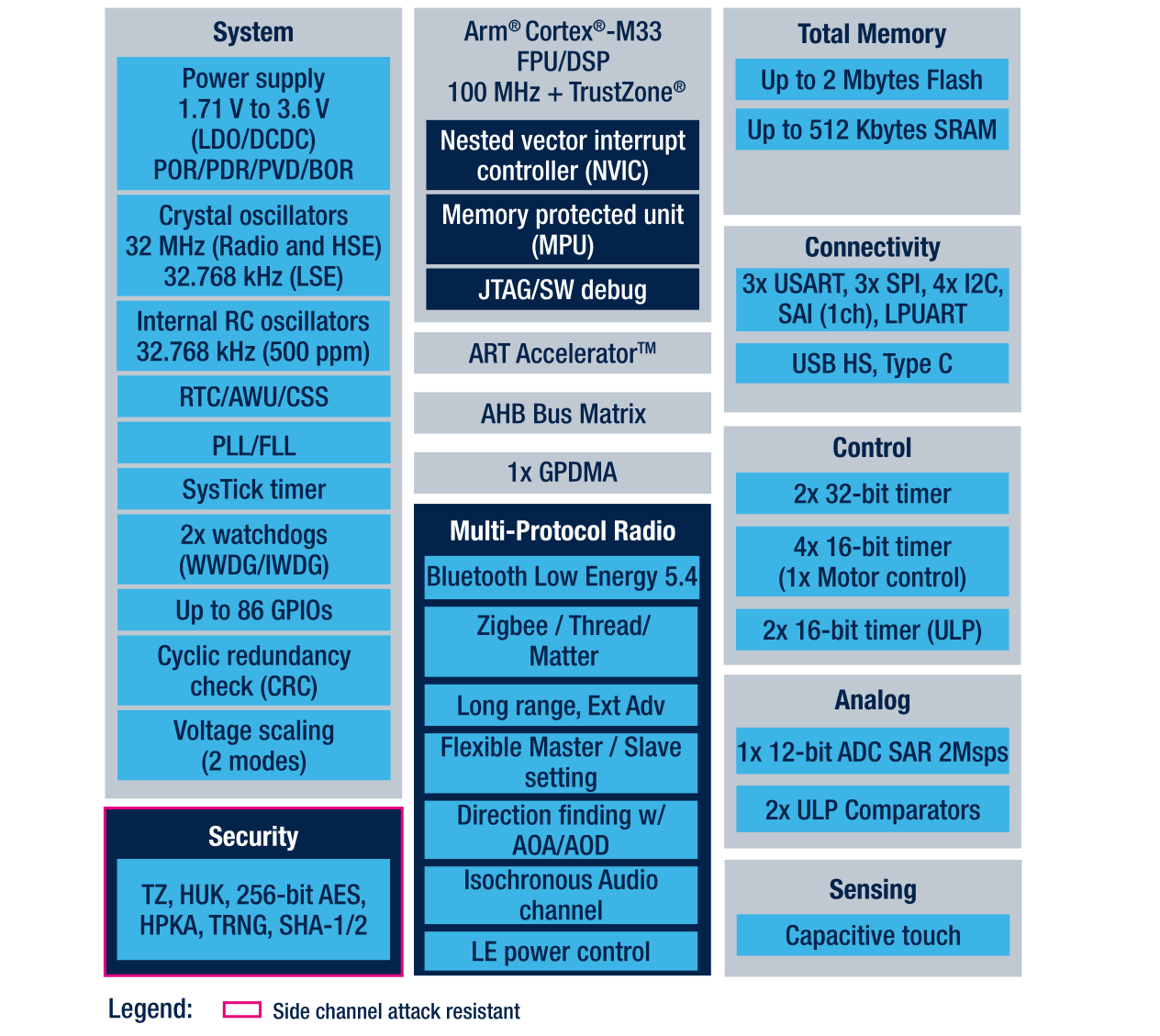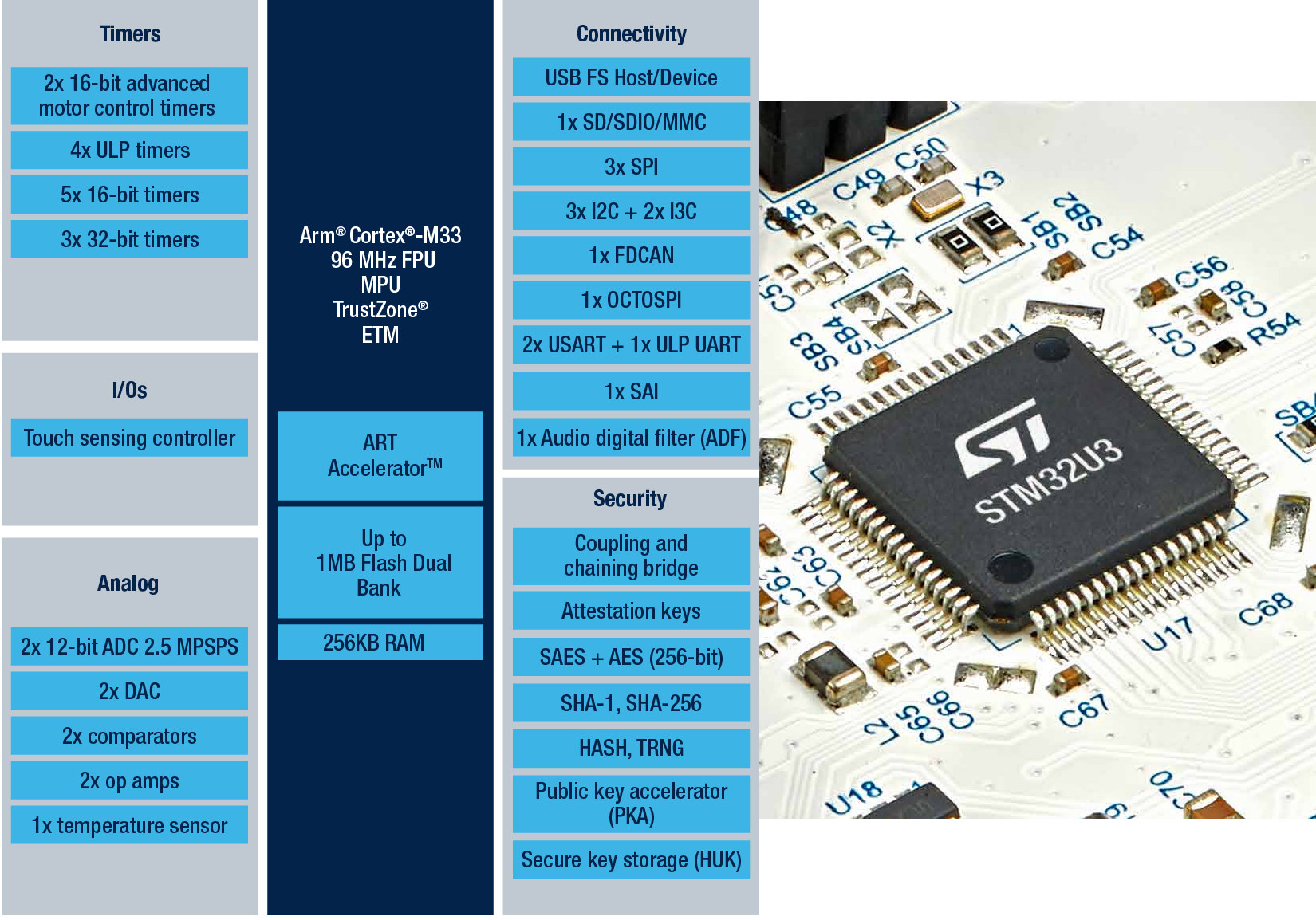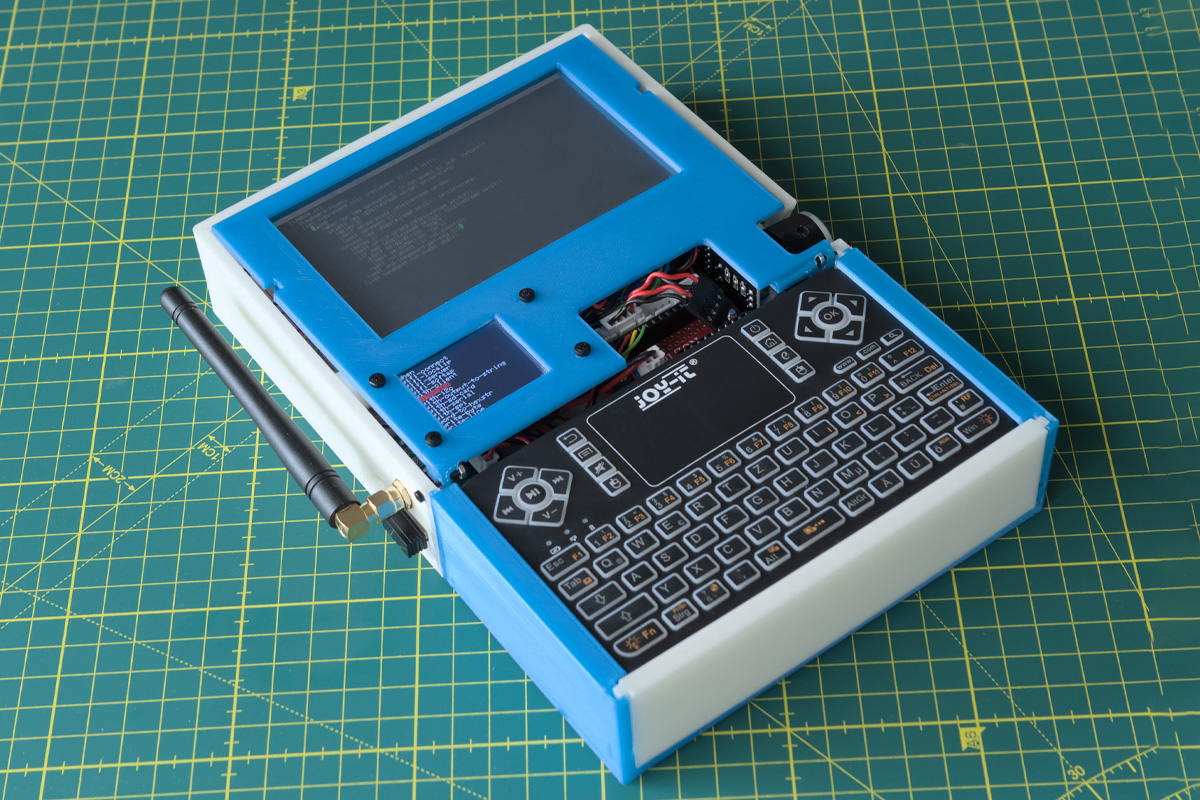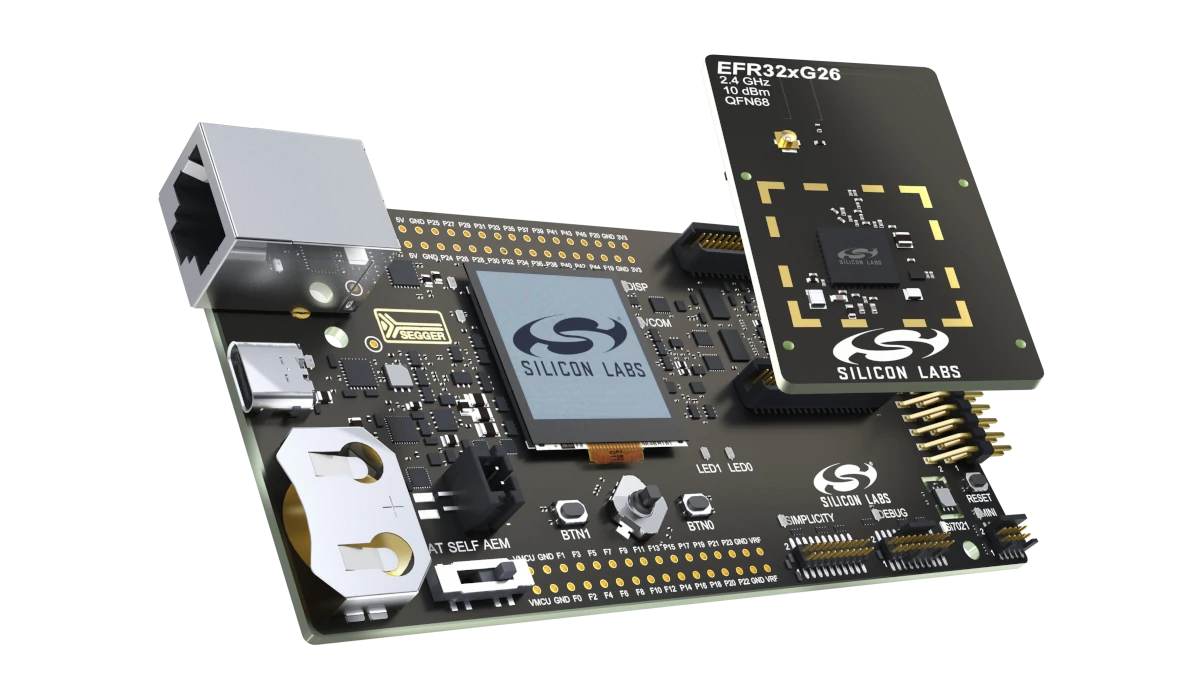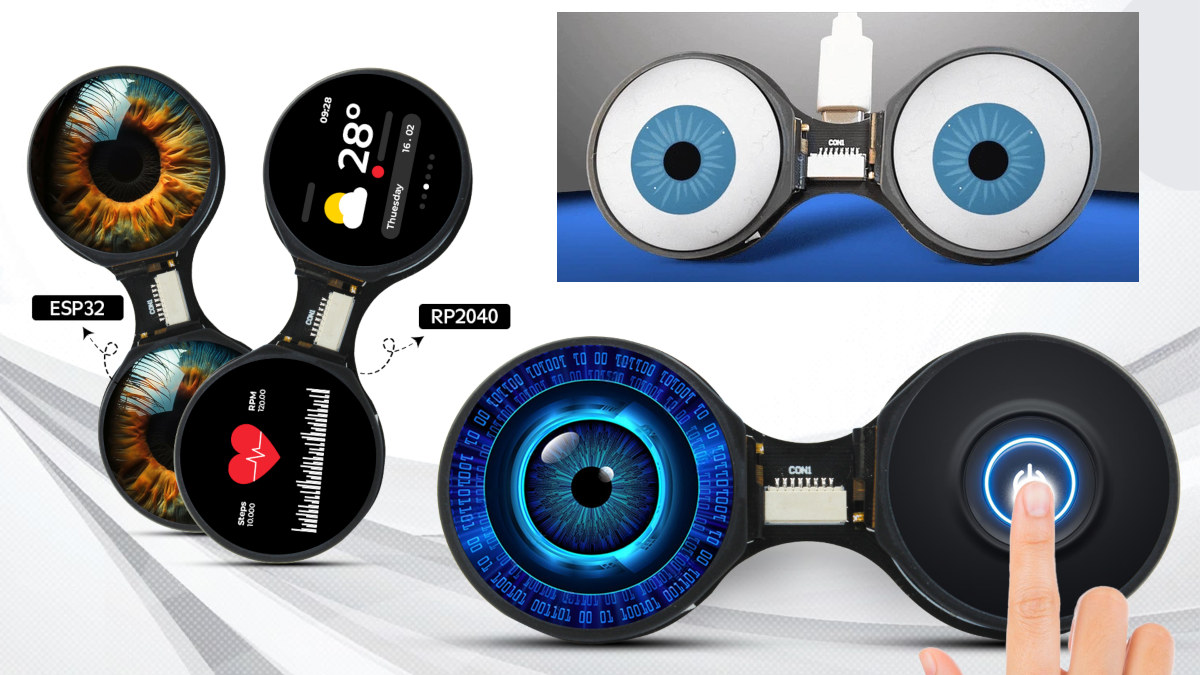Geehy Semiconductor has introduced the G32R501 Cortex-M52 industrial AI MCU, the industry’s first real-time MCU based on a dual-core Arm Cortex-M52 architecture. Designed for industrial automation, commercial power supplies, and electric vehicles. Back in 2023, we talked about the features and specifications of the Arm Cortex-M52 core, but now Geehy has introduced the G32R501 MCU with AI and DSP capabilities designed for low-cost IoT applications. This MCU features single and double-precision FPUs, an Arm Helium DSP extension, and Geehy’s Zidian Math Instruction Extension for AI/ML tasks and signal processing. It includes 640 KB Flash, 128 KB SRAM, TCM (Tightly Coupled Memory), and a six-channel DMA module for efficient data handling. The MCU also features three 12-bit ADCs (3.45 MSPS), seven 12-bit DAC comparators, and Σ-Δ filter modules to improve signal accuracy, making it ideal for motor control and real-time monitoring. With 16 high-resolution PWM channels (150-ps resolution), quadrature encoder modules, […]
Texas Instruments MSPM0C1104 is the world’s smallest microcontroller with a size of 1.38mm2
Texas Instruments (TI) has expanded the MSPM0 Arm Cortex-M0+ MCU family with the MSPM0C1104 which is the world’s smallest microcontroller measuring just 1.38mm2 in its WCSP package, or about the size of a black pepper flake. Equipped with up to 16KB flash, 1KB SRAM, I/Os such as GPIO, I2C, UART, SPI, and a 12-bit analog-to-digital converter (ADC), the MSPM0C1104 is optimized for space-constrained applications such as medical wearables and personal electronics. TI MSPM0C1104 specifications: MCU Core – 32-bit Arm Cortex-M0+ CPU clocked at up to 24MHz Memory – 1KB of SRAM Storage – Up to 16KB of flash Peripherals Up to 18x GPIO (5V tolerant) 1x UART, 1 I2C, 1x SPI Analog 1x Analog-to-digital converter (ADC) with up to 10 total external channels, 1.7Msps at 10 bit or 1.5Msps at 12 bit with VDD as the voltage reference Configurable 1.4V or 2.5V internal ADC voltage reference (VREF) Integrated temperature sensor […]
Adafruit Metro RP2350 development board follows Arduino UNO form factor, features HSTX DVI output
The Adafruit Metro RP2350 is a Raspberry Pi RP2350 development board that closely follows the Arduino UNO form factor for compatibility with existing Arduino shields. Key features include 37 GPIOs, a microSD card slot, a 5V buck converter (6–17V input), an onboard RGB NeoPixel, a Stemma QT port for I2C peripherals, a 22-pin HSTX port for DVI video output, and a USB Type-C port for power and data. It also provides a Pico Probe debug port, an RX/TX switch for UART flexibility, and a UF2 bootloader for easy firmware updates. Target applications include IoT projects, embedded system development, hardware prototyping, and educational purposes. Adafruit Metro RP2350 specifications SoC – Raspberry Pi RP2350 CPU Dual-core Arm Cortex-M33 @ 150 MHz with Arm Trust zone, Secure boot Dual-core RISC-V Hazard3 @ 150 MHz Up to two cores can be used at any given time Memory – 520 KB on-chip SRAM Security 8KB of […]
STMicro STM32WBA6 2.4 GHz wireless MCU gets up to 2MB flash, 512KB SRAM, USB OTG, and more
STMicro had two announcements yesterday. I’ve already covered the launch of the ultra-low-power STM32U3 microcontroller family, so today, I’ll check the new 100 MHz STM32WBA6 Cortex-M33 wireless MCU family with 2.4GHz radios for Bluetooth LE 6.0, Zigbee, Thread, and Matter designed for wearables, smart home devices, remote weather sensors, and more. The STM32WBA6 is an evolution of the STM32WBA family introduced last year, especially of the STM32WBA54 and STM32WBA55 with many of the same features SESIP (Security Evaluation Standard for IoT Platforms) Level 3 security certification, but gets more memory and flash with up to 512KB of SRAM and up to 2MB of flash. The new STM32WBA6 family also gains a High-Speed USB OTG interface and extra digital interfaces such as three SPI ports, four I2C ports, three USARTs, and one LPUART. STMicro STM32WBA6 key features and specifications: MCU core – Arm Cortex-M33 at 100MHz with FPU and DSP Memory […]
STMicro STM32U3 ultra-low-power Cortex-M33 MCU achieves 117 Coremark/mW in active mode, consumes 1.6 µA in stop mode
STMicro STM32U3 is a new family of Arm Cortex-M33 microcontrollers clocked at up to 96 MHz with ultra-low-power consumption designed for utility meters, healthcare devices such as glucose meters and insulin pumps, and industrial sensors. The company says the STM32U3 MCU family is a “market leader in terms of efficiency” with 117 Coremark/mW in active mode, and consumes 1.6µA in stop mode. The Coremark/mW score means the STM32U3 offers almost twice the efficiency of the STM32U5 series, and five times that of the STM32L4 series. Other highlights include up to 1MB of dual-bank flash, 256kB of SRAM, and various interfaces like MIPI I3C, SAI audio, 12-bit ADC, etc… STMicro STM32U3 key features and specifications: MCU Core 32-bit Arm Cortex-M33 CPU @ 96 MHz with TrustZone and FPU Performance 1.5 DMIPS/MHz (Dhrystone 2.1) 387 CoreMark (4.09 CoreMark/MHz) 500 ULPMark-CP 117 ULPMark-CM 202000 SecureMark-TLS ART Accelerator with DSP instructions Memory/Storage 256 KB […]
LispDeck handheld lisp computer Runs uLisp on Teensy 4.1 with Wi-Fi, LoRa, and two screens
Designed by Hartmut Graw, the LispDeck is a Handheld Lisp computer built around the Teensy 4.1 microcontroller for Lisp programming on the go. It features a dual-screen setup with a 5-inch touchscreen and, a secondary ST77350-based TFT display. It also has an Adafruit RFM96 radio module, an ESP8266 Wi-Fi module, a rotary encoder, an SD card for storage, and a detachable wireless USB keyboard, all housed in a 3D-printed case. Running the uLisp language, it features a standalone Lisp programming environment without needing a PC or tablet. It is an evolution of the LispBox, with a portable and battery-powered design, which also maintains compatibility. Unlike Raspberry Pi-based cyberdecks, the LispDeck is designed for complete control over the system without the complexity of Linux. It is useful for Lisp enthusiasts who want a compact, dedicated computing device that’s fully documented. LispDeck Specifications SoC – NXP i.MX RT1062 via Teensy 4.1 board […]
Silicon Labs MG26 development kits and SoCs are now available for Matter and multiprotocol Smart Home applications
Silicon Labs MG26 is a new family of Arm Cortex-M33 wireless SoCs designed for Matter or multiprotocol Smart Home applications that provide an update to the MG24 with more memory and storage, additional GPIO, a 4×40 LCD controller, and an integrated AI/ML accelerator. We first covered the new wireless microcontroller family in April 2024, but the company has now published a new press release announcing the general availability of the MG26 microcontrollers, and I also noticed some development kits were now available, so we’ll check those out in this post. Silicon Labs MG26 specifications A reminder of the SoC specifications with highlights in bold showing the improvements or differences against the MG24 family: MCU core – Arm Cortex-M33 @ 78.0 MHz with DSP instruction and floating-point unit Memory – Up to 512 kB RAM data memory Storage – Up to 3200 kB flash program memory AI/ML accelerator – Matrix Vector […]
TouchEye dual round touch display module features Raspberry Pi RP2040 or ESP32-S3 MCU (Crowdfunding)
Last December, Debashis wrote about the Waveshare Double Eye LCD module comprised of two round displays that can be useful for robotics or art projects since they can be made to look like googly eyes. The module is designed to be connected to a host MCU via an SPI interface. The TouchEye looks similar but offers larger 1.28-inch round displays (instead of 0.71-inch), and also adds a touch function. Instead of being connected to a host MCU via SPI like the Waveshare model, the TouchEye dual touch display module is a complete board with an onboard MCU that can be either a Raspberry Pi RP2040 or an Espressif ESP32-S3 that also offers WiFi and Bluetooth connectivity. Both boards also feature a USB-C port for power and programming, a microSD card slot, a GPIO breakout connector, and programmable buttons. TouchEye module specifications: MCU (one or the other) Raspberry Pi RP2040 dual-core […]


